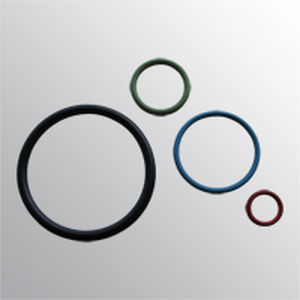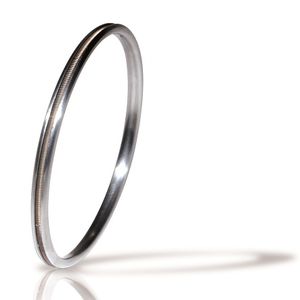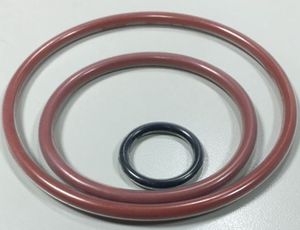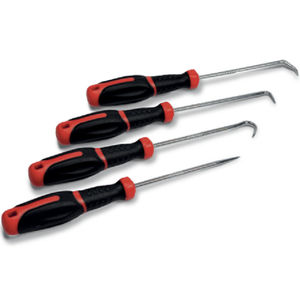
- Materials - Tools - Components
- Standard Mechanical Component
- O-ring seal
- Epidor Seals & Rubber Technology
O-ring seal circularroundbonded
Add to favorites
Compare this product
Characteristics
- Type
- O-ring
- Configuration
- circular, round, bonded
- Material
- silicone rubber, NBR, PTFE, EPDM, VMQ, fluoroelastomer, polyethylene, polypropylene
- Application
- for chemical applications, for the petrochemical industry, for the pharmaceutical industry, for aeronautical applications, for electronic applications, for hygienic applications, for medical applications, for the food and beverage industry
- Other characteristics
- static, extruded
Description
The cord ring is a circular shape extruded profile, which is manufactured under a strict control of tolerances to achieve a quality product, and in the cross-sections (d2) of O-rings of greater demand.
The cord ring allows to produce virtually any seal dimension without the need to invest in an expensive tooling for its molding. Once the required length of cord ring is known, it is cut and its ends are bonded with adhesive or by hot vulcanization.
It’s an excellent solution for the static sealing of covers and allows to install O-rings to the required size in each equipment (up to several meters in diameter).
The variety of materials is wide:
- Acrylonitrile/butadiene rubber (NBR) and Shore A hardness from 60 to 90.
- Fluorine rubber (FPM) or Viton™ and Shore A hardness from 60 to 90.
- Silicone rubber (methyl vinyl VMQ) and Shore A hardness from 60 to 85.
- Ethylene/propylene/diene terpolymer (EPDM) and Shore A hardness from 60 to 75.
- Chloroprene rubber (CR) and Shore A hardness from 60 to 75.
- Hydrogenated acrylonitrile rubber (H-NBR) and Shore A hardness from 60 to 90.
- Etrafluoroethylene and propylene copolymer (FEPM) or Aflas® and Shore A hardness from 60 to 90.
- Spongy materials: CR, NBR, EPDM and VMQ.
- Virgin PTFE.
Some of these elastomeric materials have certifications required by the Food & Beverage, Pharmacy, Cosmetics, Health and Hygiene, Medicine, Biotechnology, Chemical, Petrochemical, Gas, Aeronautics and Electronics industries, among other.
Catalogs
No catalogs are available for this product.
See all of Epidor Seals & Rubber Technology‘s catalogsOther Epidor Seals & Rubber Technology products
O-RINGS, O-RINGS CORDS, ENCAPSULATED, X-RINGS, BACK-UP RINGS, ASSORTMENTS AND TOOLS KIT
Related Searches
*Prices are pre-tax. They exclude delivery charges and customs duties and do not include additional charges for installation or activation options. Prices are indicative only and may vary by country, with changes to the cost of raw materials and exchange rates.









